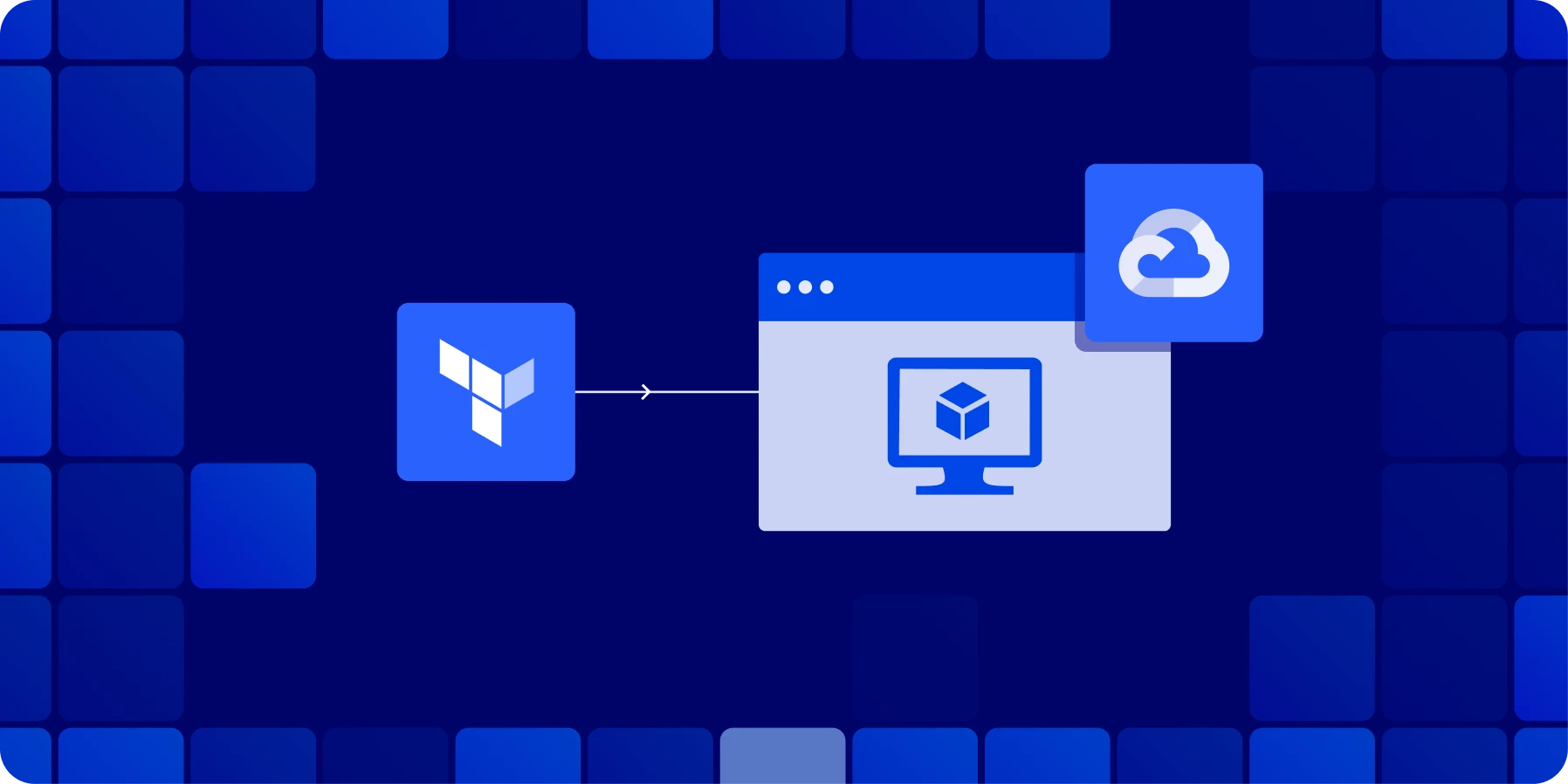When teams need to spin up infrastructure quickly, nothing beats gcp compute engine terraform for consistent, declarative deployments. By combining Terraform’s state management with Google’s robust APIs, you can treat every terraform gcp instance like code, repeatable in any environment. Whether your goal is a small lab box or a production-ready cluster, you’ll find that learning to create a Compute Engine VM with Terraform pipelines pays off immediately.
For a broader view on managing Terraform with Google Cloud, check our GCP Terraform Provider Best Practices Guide
Basic Compute Engine Terraform Configuration
The snippet below shows the absolute minimum you need to define a terraform gcp instance. Once applied, Terraform talks to the Google Cloud API and delivers a ready-to-use terraform vm gcp without clicking around the console.
# main.tf — minimal gcp compute engine terraform example
resource "google_compute_instance" "demo" {
name = "demo-vm"
machine_type = "e2-small"
zone = "us-central1-a"
boot_disk {
initialize_params {
image = "debian-cloud/debian-12"
}
}
network_interface {
network = "default"
access_config {}
}
}Before running terraform apply, execute terraform init to pull the GCP provider and lock versions, and terraform plan to preview changes. After one apply, you create compute engine terraform resources that can be shared across projects, audited in version control, and destroyed just as easily.
Configuring Machine Types, Zones, and Metadata in GCP Compute Engine Terraform
Scaling a terraform vm gcp is as simple as swapping the machine_type field—e2-medium for a web server, c3-standard-8 for a test runner. Need to burst into another region? Change zone and Terraform builds a twin. Because each parameter is codified, you can replicate or refactor any terraform gcp instance with zero drift.
Teams can quickly experiment, knowing that peer reviews will help catch any problems before they start creating compute engine terraform resources in production. This kind of consistency is one of the main reasons we decided to standardize on GCP compute engine terraform for all our temporary workloads.
If you store state in Cloud Storage with a backend block, colleagues can collaborate safely, avoiding conflicting writes. Pair it with a service account that has roles/compute.admin plus read access to the bucket for least-privilege security.
Provisioning Startup Scripts and SSH in Terraform GCP Instances
A common pattern when authoring terraform vm gcp blueprints is to attach a startup script that installs packages, configures logging, and registers the node with your CI system.
You can keep the script inline for fast demos, or reference an external file with file(“scripts/startup.sh”) approaches that work identically across every terraform gcp instance you deploy. In fact, the first time you create compute engine terraform resources with scripts attached, you’ll realise how much manual setup disappears. That cemented for our team the value of gcp compute engine terraform repeatability.
Conclusion: Why Standardize on GCP Compute Engine Terraform
With roughly twenty lines of code, you’ve gone from nothing to a reproducible VM, all without leaving your terminal. Ready for production? Check out CMK’s full-featured GCP Compute Module for built-in firewall rules, SSH key management, monitoring hooks, and many best-practice defaults.
Clone it and start shipping infrastructure today! Questions or feedback? Drop a comment below or book a call with us.

A 30-min meeting will save your team 1000s of hours
A 30-min meeting will save your team 1000s of hours
Book Intro Call
Sounds Interesting?
Request a Demo




